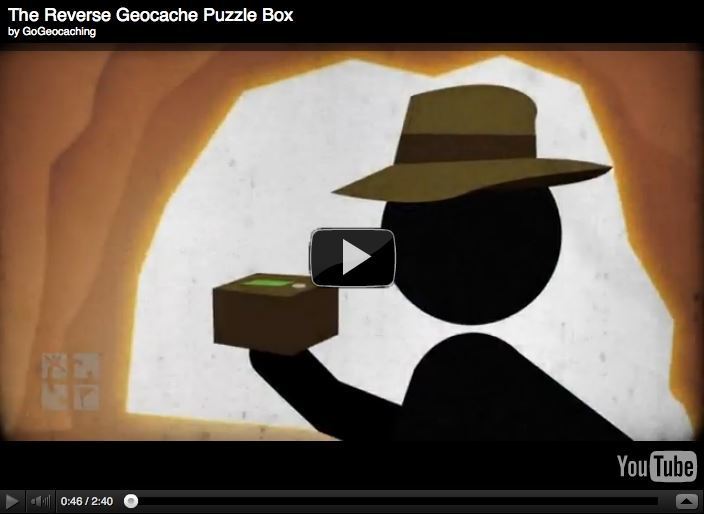Blue-Billed Duck
Oxyura australis
Anatidae
Although they usually nest solitarily, outside the breeding season Blue-billed Ducks may congregate in large flocks, sometimes comprising a thousand birds or more, with most of the birds probably juveniles. These huge congregations form on large, deep lakes where they forage for aquatic vegetation and invertebrates, mostly by diving deep underwater to filter food from soft mud. They are almost always seen on the water, swimming, feeding or loafing, and on the rare occasions they are seen on land they walk with a penguin-like gait.
Description
The Blue-billed Duck is a compact diving duck with males having a large scooped bright, light blue bill. Males have a rich deep chestnut plumage overall except the dark head and upper neck and an orange-brown to white area at the centre of the belly. The tail is dark with stiff pointed feather tips and is usually held flat on the surface of the water except when in display. The female has a brown bill with darker plumage than the male and each feather is barred with narrow bands of light brown. The upper tail is black and the chin and throat are speckled black. It is also known as Blue Bill, Stiff Tail, Spinetail and Little Musk Duck.
Distribution
The Blue-billed Duck is endemic to Australia, being found in the temperate wetlands of the south-east and south-west parts of the continent.
Habitat
The Blue-billed Duck is almost wholly aquatic, and is seldom seen on land. Non-breeding flocks, often with several hundred individuals, congregate on large, deep open freshwater dams and lakes in autumn. The daylight hours are spent alone in small concealed bays within vegetation or communally in large exposed rafts far from the shore.
Feeding
The Blue-billed Duck feeds on the surface of the water or by diving. It takes aquatic insects including chironomid fly larvae, caddis flies, dragonflies, flies and water beetle larvae. They may also eat the seeds, buds, stems, leaves and fruit of a wide variety of plants. Feeding occurs in permanent areas of clear fresh water. Late afternoon and early morning are common feeding times.
Breeding
Blue-billed Ducks breed in secluded, densely vegetated situations with the nest constructed in cumbungi (bullrushes, Typha sp.) beds or other vegetation generally over water. Nests are usually constructed from dead Typha leaves, and are sometimes thinly lined with down. Blue-billed Ducks are polygamous, and pair-bonds are short-term i.e. for the duration of copulation and laying of the eggs.
The cache is NOT at the posted coordinates
This Wherigo converts your player into a virtual version of the "Reverse Cache Box" which tells you the bearing to the cache, but not the distance. You may begin your search from any spot in the world using your Smartphone or Whereigo compatible GPS to navigate to the cache.
**As the cartridge produces whole number degrees, the triangulation is not accurate from long distances especially if the 2 readings are taken close together producing an acute angle at intersection, so don't be disheartened by a GZ that seems wrong, go near there and take more readings.**

The cartridge was created by day1976 and is available to download from the wherigo website. day1976's Open Source Reverse Wherigo .
Start up the player, find and load the cartridge. > NewGame > Find a Geocache > Answer > Enter First Code > xxxxx > Answer > Enter Second Code > xxxxx > Answer > The bearing to this Geocache is xxx degrees. This bearing is from where you are standing. It is now up to you how many times you relocate and obtain different bearings so as to triangulate the cache. The ultimate goal would be to find the cache with just one bearing reading, but for most, it would need a minimum of two bearings. Bearings are with respect to True North, so If using an OS map, allowances will have to be made, as Grid North, Magnetic North, and True North are all different!
To begin, you will have to type these two codes into your player when prompted:
jl3n9
hsbbs
It is suggested that you take the code with you on your journey. It will be needed if it becomes necessary to restart your player for any reason.
Have Fun!
How to download the Whereigo Cartridge
You may begin your search from any spot in the world using a Whereigo compatible GPS unit or phone app.
Link to day1976's Open Source Reverse Wherigo cartridge.
Log into wherigo.com using your geocaching.com player name and password. The cartridge type used on phone apps is the Pocket PC Device.